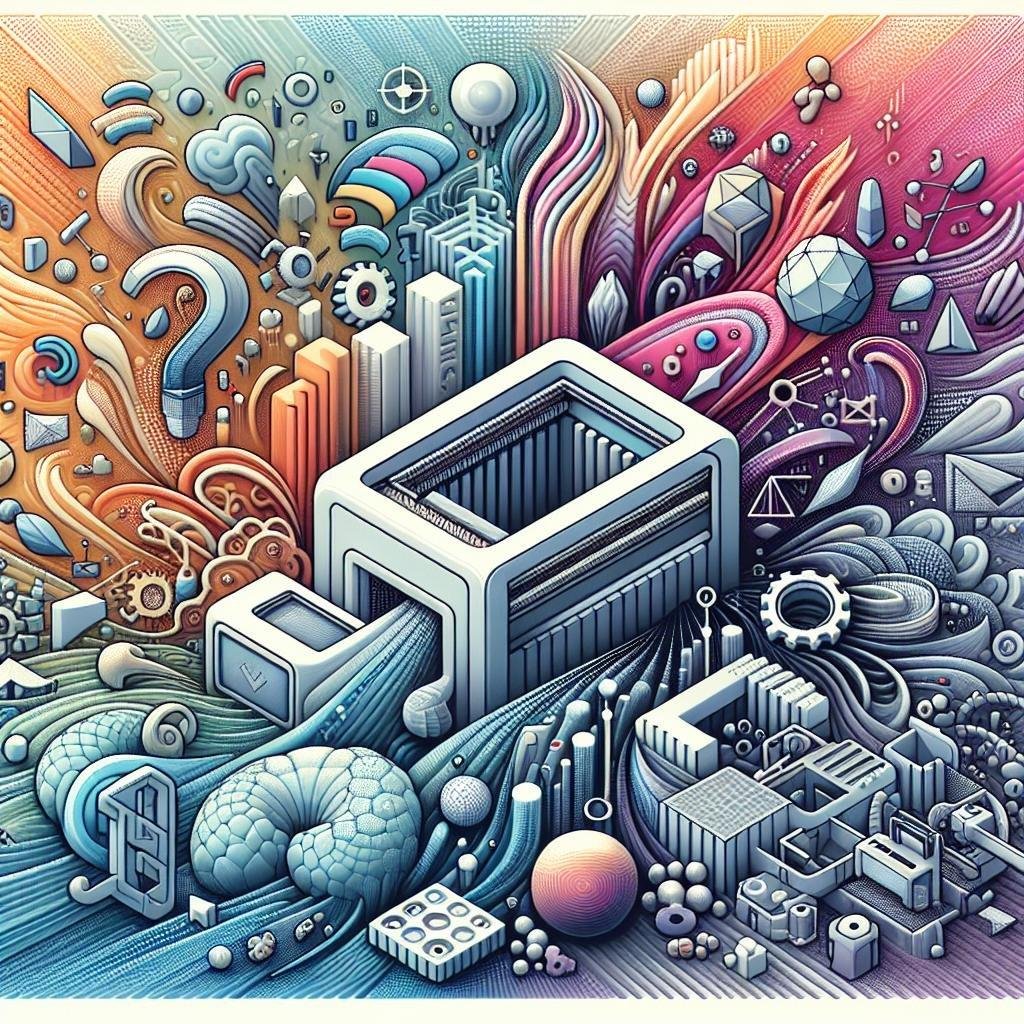Imagine building a dream house, not brick by brick, but layer by layer, each one meticulously crafted by an unseen hand. Now, imagine doing this on your desk, creating not a house, but an intricate sculpture, a life-saving medical device, or a prototype of the next big tech gadget. Welcome to the mesmerizing world of 3D printing, where your wildest imaginations can materialize before your eyes. In this article, we’ll journey through the fascinating landscape of 3D printing technologies, shedding light on the marvels of Fused Deposition Modeling (FDM), Stereolithography (SLA), Selective Laser Sintering (SLS), and more. Whether you’re a curious novice or a seasoned maker, join us as we unravel the magic that turns digital dreams into tangible creations.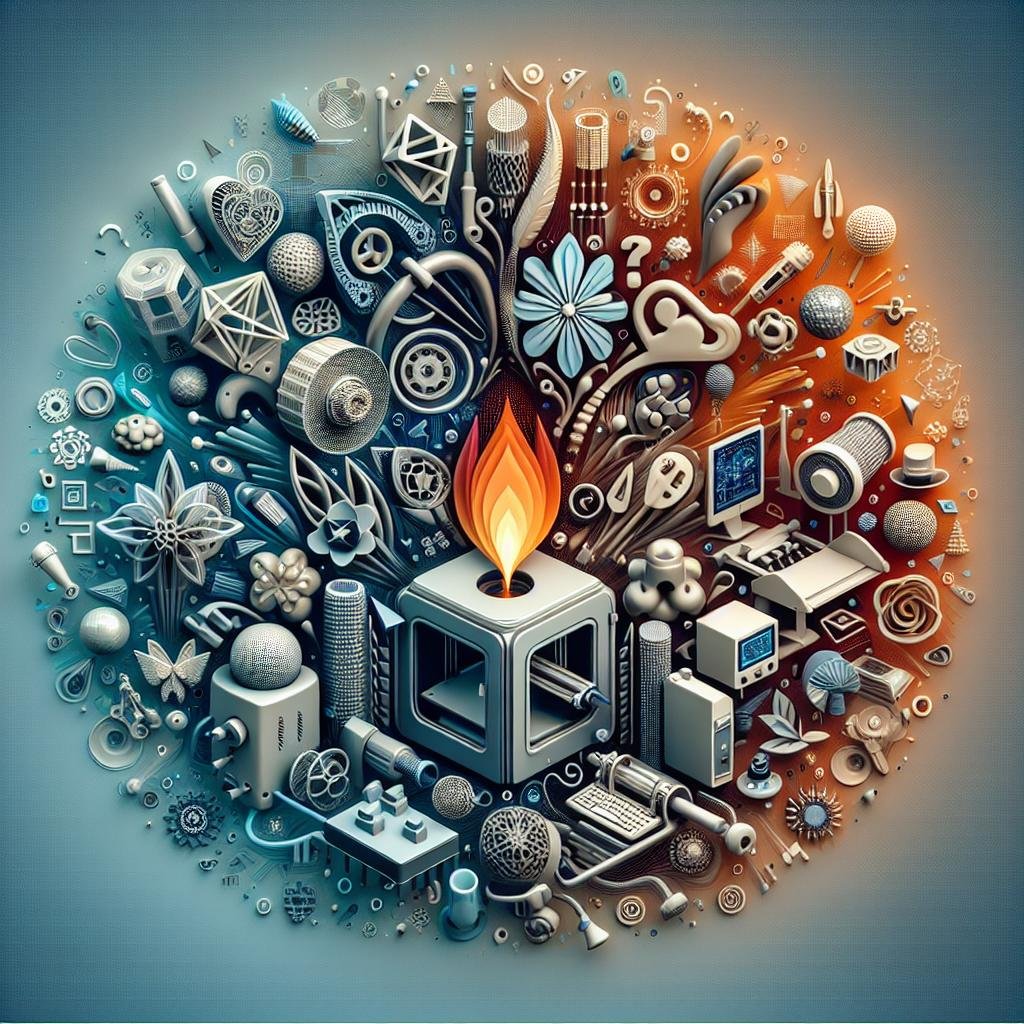
Exploring the Foundations: How FDM Transforms Digital Blueprints into Tangible Treasures
At the heart of 3D printing lies Fused Deposition Modeling (FDM), a gateway that transforms intricate digital blueprints into tangible objects. This technique carefully layers molten thermoplastic to create structures with unparalleled precision. Imagine the process as a magical dance between technology and creativity where filaments of ABS, PLA, or PETG are heated and extruded through a fine nozzle. Each layer adheres to the previous, gradually building up to form impressive, durable creations. The symphony of melted plastic gives life to everything from practical tools to intricate art pieces, making it an ideal choice for hobbyists and professionals alike.
What makes FDM particularly appealing is its accessibility. Available in many desktop 3D printers, FDM technology opens a world of possibilities at one’s fingertips. Here’s a quick comparison of popular FDM filament materials:
| Material | Strength | Flexibility |
|---|---|---|
| PLA | Medium | Low |
| ABS | High | Medium |
| PETG | High | High |
With clear advantages such as cost-effectiveness and material variety, FDM remains a cornerstone in the ever-expanding universe of 3D printing.
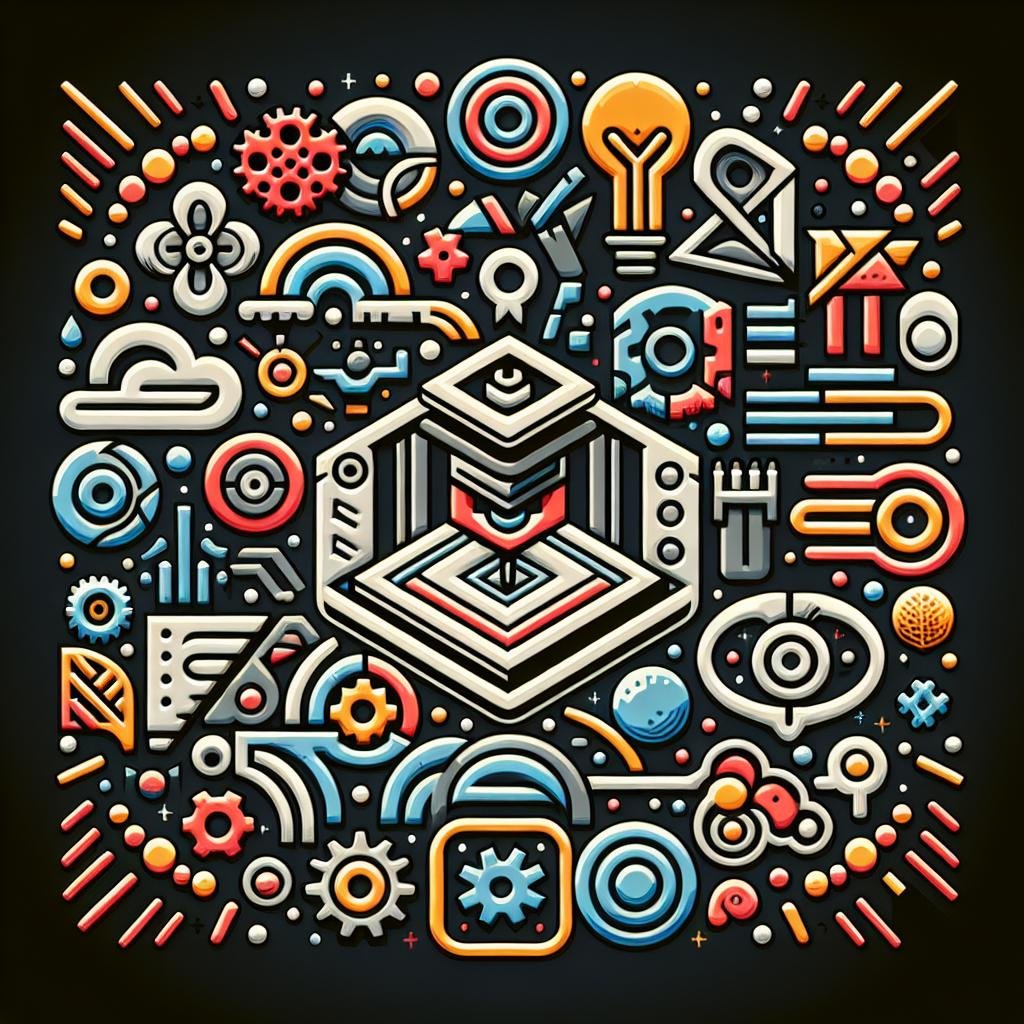
Sparkling Layers of Light: Unveiling the Magic Behind SLA Printing
Stereolithography (SLA) printing is akin to creating art with the pure essence of light and resin. This method employs a laser beam that dances across a vat of liquid resin in a meticulously orchestrated pattern. Layer by delicate layer, the resin is solidified, bringing intricate designs to life with a precision that rivals even the finest traditional sculptures. Each pass of the laser is a brushstroke, culminating in a piece that looks like it was crafted by hand, but with a level of detail that only modern technology can achieve.
The magic of SLA resides in its ability to produce stunningly smooth surfaces and high-resolution details. Here’s what sets it apart:
- Exquisite Detail: The fine laser allows for minute details to stay crisp.
- Versatility: It’s ideal for industries ranging from medical to jewelry.
- Material Diversity: Offers a range of resins for different properties and finishes.
| Aspect | SLA Printing |
|---|---|
| Resolution | High |
| Surface Finish | Very Smooth |
| Material Options | Rich Variety |
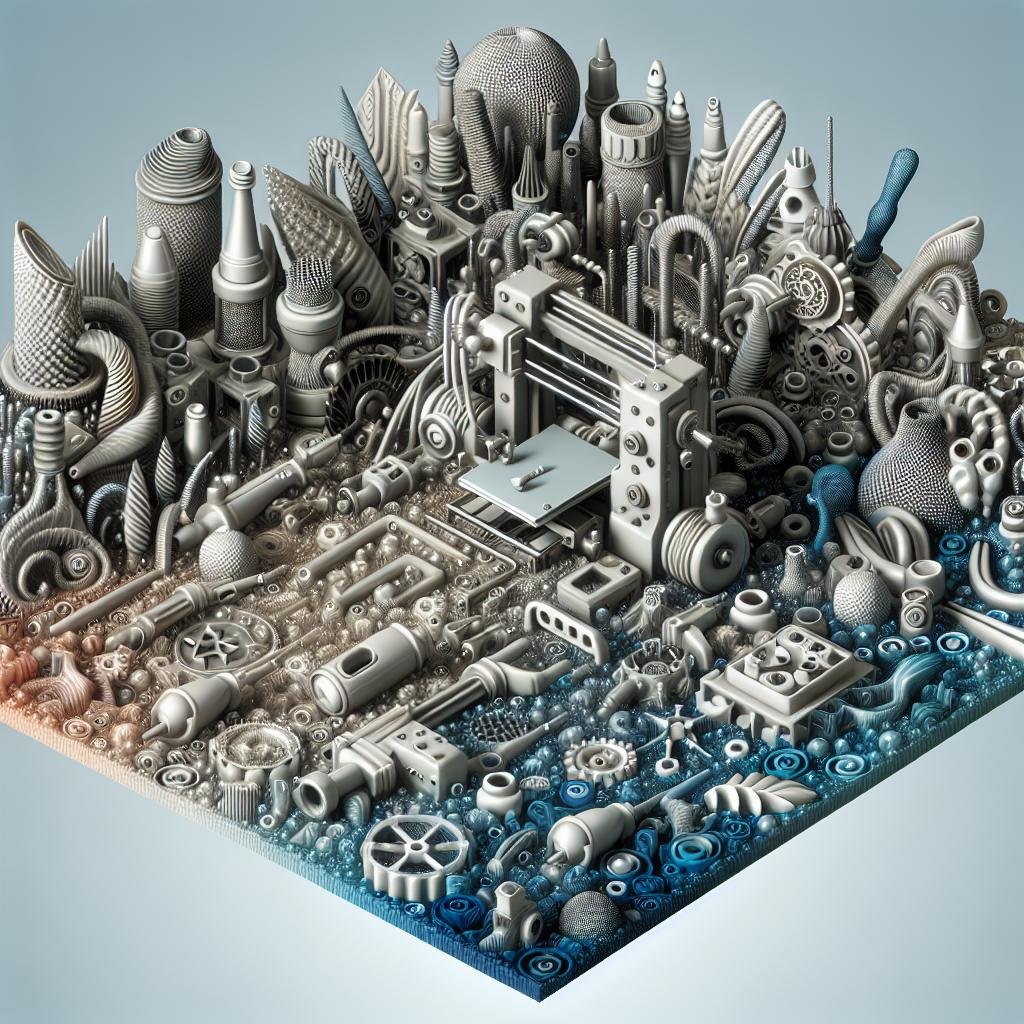
Powder to Power: Why SLS is the Titan of Complex Geometries
Selective Laser Sintering (SLS) is a trailblazer in the world of additive manufacturing, turning powder into power and giving life to intricate designs. Unlike its counterparts, SLS employs a high-power laser to fuse small particles of polymer powder. This method opens up a realm of possibilities for creating complex geometries that other 3D printing technologies find challenging. The result is a intricately detailed, durable product that can range from functional prototypes to fully end-use parts. What’s truly astonishing is how SLS can handle complicated interlocking structures and intricate internal features without the need for support materials.
Why does SLS stand out? Consider these features:
- Material Versatility: Capable of using a variety of materials such as nylon, alumide, and polyamide.
- Design Freedom: Allows the creation of structures that are difficult, if not impossible, to mold or machine.
- Cost-effective for Complex Builds: Ideal for low to medium batch production, significantly reducing waste and material costs.
| Feature | SLS | FDM | SLA |
|---|---|---|---|
| Material Variety | High | Medium | Low |
| Detail Precision | High | Medium | Very High |
| Need for Support | No | Yes | Yes |
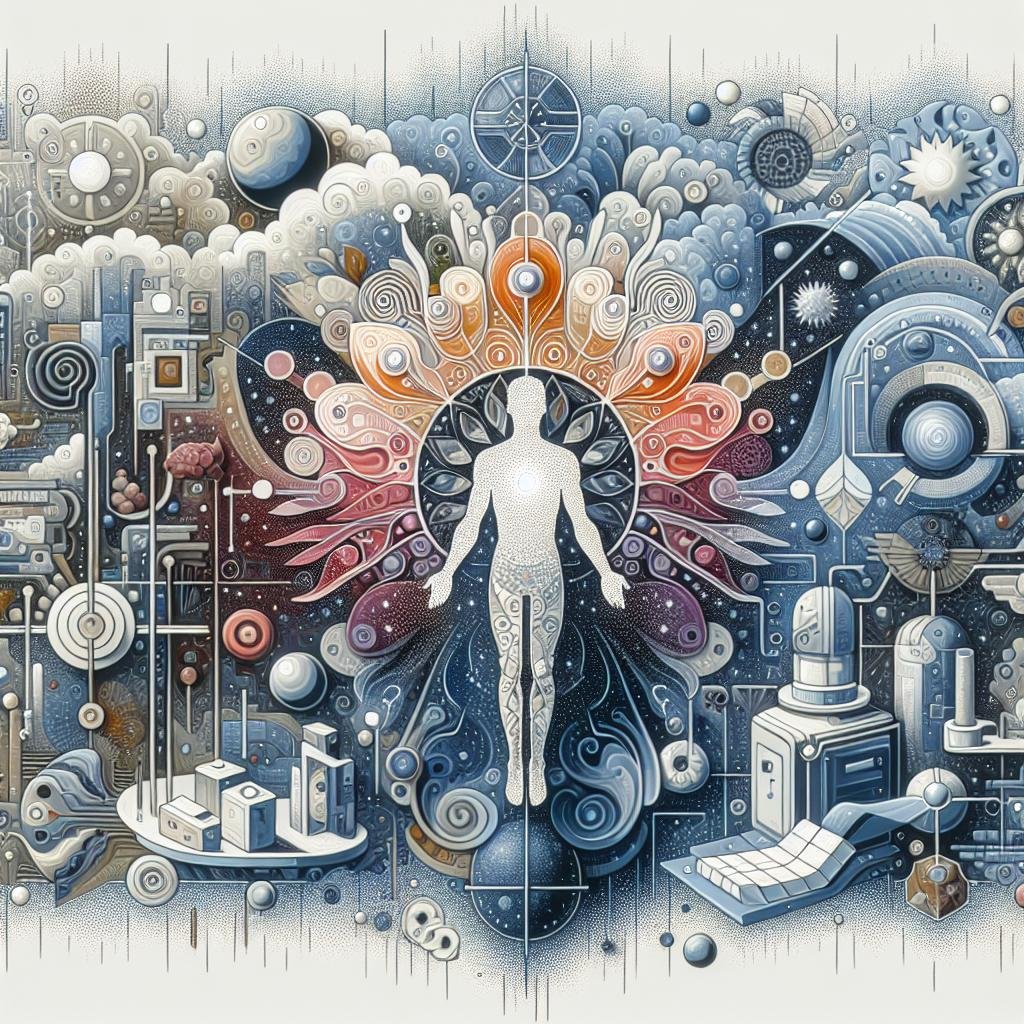
Choosing the Right Tech: Tailored Recommendations for Your 3D Printing Adventures
Embarking on a 3D printing adventure? Your choice of technology can make a world of difference. Fused Deposition Modeling (FDM) is a popular option owing to its accessibility and affordability. It’s perfect for hobbyists and beginners who want to dip their toes into the 3D printing world. FDM uses thermoplastic materials like PLA or ABS, making it ideal for basic prototypes and functional parts. However, if you’re aiming for high-resolution prints with intricate details, Stereolithography (SLA) might be your go-to. SLA printers use a laser to cure liquid resin, resulting in highly detailed, smooth surfaces. It’s widely used in industries like dentistry and jewelry where precision is paramount.
For those looking to produce robust and functional parts, Selective Laser Sintering (SLS) could be a game-changer. SLS technology uses a laser to fuse powdered material, creating strong and durable objects. It’s advantageous for industrial prototyping and small production runs as it can produce parts that don’t require additional support structures. To help visualize the different attributes, check out the comparison table below:
| Technology | Material | Best For |
|---|---|---|
| FDM | Thermoplastics (PLA, ABS) | Beginners, basic prototypes |
| SLA | Liquid resin | High-detail, smooth surfaces |
| SLS | Powdered material | Functional, durable parts |
With these insights, you’ll be better equipped to select the technology that aligns perfectly with your project needs.
Q&A
Q&A: Dive into the World of 3D Printing Technologies
Q: What’s the buzz about 3D printing technologies like FDM, SLA, and SLS all about?
A: Welcome to the fascinating realm of 3D printing! FDM, SLA, and SLS are just a few of the main technologies that have taken the manufacturing and prototyping world by storm. They each have unique methods for creating those sleek, layered objects we’re becoming more and more familiar with.
Q: So, what exactly is FDM?
A: FDM stands for Fused Deposition Modeling. Imagine a very precise hot glue gun laying down melted plastic layer by layer. It’s the most common type of 3D printing you’ll find, perfect for hobbyists to high-grade prototypes. Think practical and versatile!
Q: SLA sounds cool. What does it do?
A: SLA, or Stereolithography, is super high-tech. It uses a laser to harden liquid resin into solid layers. Imagine a sci-fi movie where beams transform goo into cool stuff – that’s SLA! It’s great for detailed, smooth, and high-precision projects.
Q: And what about SLS? It sounds like a secret code.
A: SLS, or Selective Laser Sintering, is just as cloak-and-dagger as it sounds. It uses a laser to fuse small particles of powder into a solid structure. It’s perfect for creating strong, durable parts with complex geometries, making it a go-to for industrial applications.
Q: Are there more types of 3D printing technologies beyond FDM, SLA, and SLS?
A: Absolutely! The 3D printing universe is vast. There’s DLP (Digital Light Processing) similar to SLA but with light projection, PolyJet for colorful, multi-material prints, and even Binder Jetting, which uses a binding agent to glue powder particles together. Each serves its unique niche based on material, precision, and application needs.
Q: Which 3D printing technology should I choose for my project?
A: Ah, the big question! It really boils down to what you need. Want a sturdy prototype? FDM is your go-to. Need intricate, detailed models? SLA has got your back. Working on industrial parts or something heavy-duty? SLS is your buddy. For artistic multi-color models, PolyJet could be your best bet. Think about the material, the detail level, and the end-use of your object. Your project will guide you!
Q: This sounds amazing. How do I get started with 3D printing?
A: Jumping into 3D printing is easier than you think! Start small – perhaps with an FDM printer, as it’s cost-effective and user-friendly. You’ll need some 3D modeling software – many free options are available. Once you’ve designed or downloaded a model, load it up in your printing software, make sure your printer is set, and hit print. You’ll be mesmerized as your creation comes to life layer by layer!
Q: Any final advice for budding 3D printing enthusiasts?
A: Don’t be afraid to experiment and make mistakes – it’s all part of the journey. The 3D printing community is incredibly supportive, full of forums, tutorials, and resources. Dive in, have fun, and remember, the only limit is your imagination!
Whether you’re crafting a prototype, an artistic piece, or a tech gadget, understanding these amazing technologies will help you bring your creative ideas to life. Happy printing!
The Conclusion
As we journey through the captivating realm of 3D printing technologies, the horizons of innovation spread wide before us. From the accessibility of FDM, the precision of SLA, to the robustness of SLS and beyond, each technology not only carves out unique possibilities but also sets the stage for the next wave of creativity and functionality.
Embrace these revelations, whether you’re tinkering on a weekend project, pushing the boundaries of art, or engineering solutions for tomorrow. Our understanding of these marvelous machines may be just the beginning, but it already opens doors to realms previously confined to dreams.
So, let your imagination soar, your designs take flight, and your creations bridge the gap between science fiction and reality. In a world of limitless layers, the only limit is our creativity. Until next time, happy printing! 🌟

